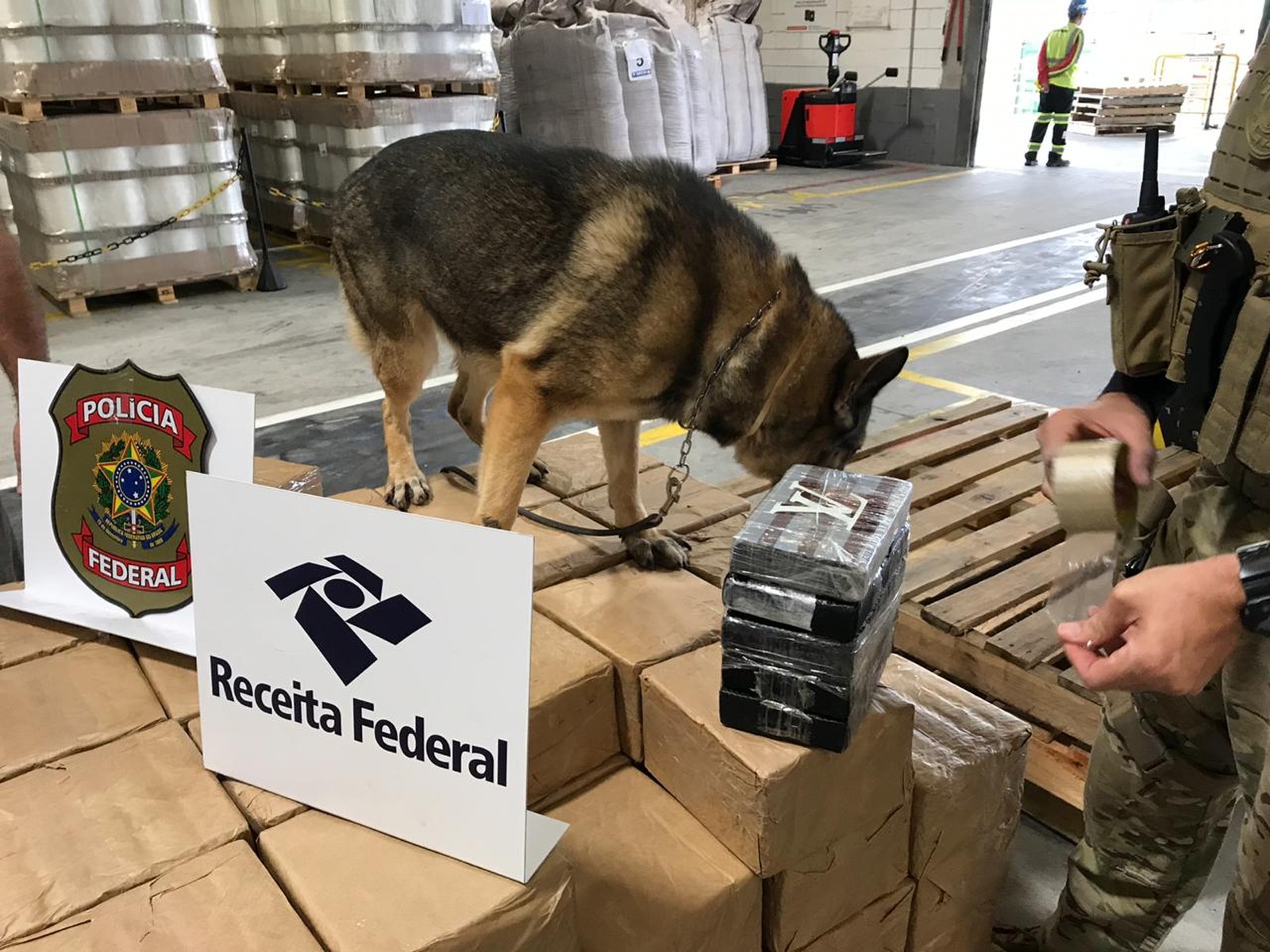RIO DE JANEIRO, BRAZIL – Data from the Ministry of Economy obtained exclusively by GloboNews show that between January and June this year, the Federal Treasury seized 25.3 tons of cocaine in ports, airports, and other inspection locations by the federal customs agency throughout the country.

This figure confirms the rate at which cocaine is seized in Brazil and represents a 158 percent increase over the same period in 2017. In comparison with the first half of 2018, the increase was 92 percent.
Revenue information obtained by the report show that until 2014, marijuana was the primary drug seized and in much larger quantities than cocaine. In all four previous annual balances (2010 to 2013), the amount of marijuana has always exceeded that of cocaine.
This scenario changed in 2015 when 2.5 tons of cocaine and 2.4 tons of marijuana were seized in the country.
GloboNews asked the Federal Treasury about the significant increase in the amount of cocaine seized and the fact that this drug is currently prevailing.
The Treasury states that its control and surveillance procedures and repression are progressing rapidly and using the principles of risk management, intelligence, integration with other agencies, as well as the use of state-of-the-art technology in its various computerized systems as a basis.
Furthermore, it says that it relies on teams of trained civil servants that currently have available appropriate equipment (such as vehicles, cameras of various types, scanners, and sniffer dogs) as well as well-equipped private surveillance facilities from where it is possible to monitor port operations (VOC – Surveillance Operations Center).
International Route
Brazil is used as a cocaine transit route to Europe (some routes to Africa having also been detected). This shipment is mostly carried out by sea, using Brazilian ports, where Treasury has focused its action.
Cocaine production is increasing in producing countries bordering Brazil, which leads to a higher flow through Brazilian territory.
On the other hand, marijuana, which is produced domestically, is sparsely trafficked and is not the target of significant export attempts, considering that its per-weight unit price is much lower than that of cocaine.

